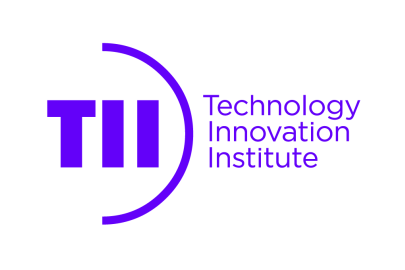In his paper entitled “Model for the Estimation of Partial Burst of Ripstop Electro-Conductive Fabrics” Dr John Pantoja, Lead High Power Researcher at Directed Energy Research Center at Technology Innovation Institute, has presented a novel method to estimate effects of high current impulses on electro-conductive textiles, as part of an effort for developing lightweight lightning protection systems. Nowadays, countries with intense lightning activity such as India and Malawi exceed one thousand lightning deaths per year in average. Among the most exposed individuals include army forces, ranchers, indigenous population, and workers in agricultural fields. In Colombia, for example, there is an average of 1 soldier dead and 3 injured every month by lightning strikes. In his study, John and the research team explore this new dimension of conductive fabrics and assess their application as part of portable lighting protection shelters, which can reduce the risk of lightning accidents of people developing outdoor activities.
The method proposed in the study is based in the specific action, a parameter commonly used to determine burst of exploding wires, and a new equivalent electrical circuit to represent the conductive interwoven yarns and the contact resistance between them. The proposed model allows to estimate the current intensity required to melt or burst the conductive layer at the contact areas between yarns, in which the energy density is intensified. The method is validated using experimental results on ripstop woven fabrics; however, this study provides a framework for analyzing different kinds of fabrics which could be used to create innovative and lightweight protections.
Micrographs of a sample of an electro-conductive fabric before (left) and after (right) a high current impulse are shown below.

Figure 1. Fabric after a 9.0 kA impulse current: a) photograph of a 10 cm x 10 cm sample and b) micrograph showing the loss of the conductive layer at contact areas.







